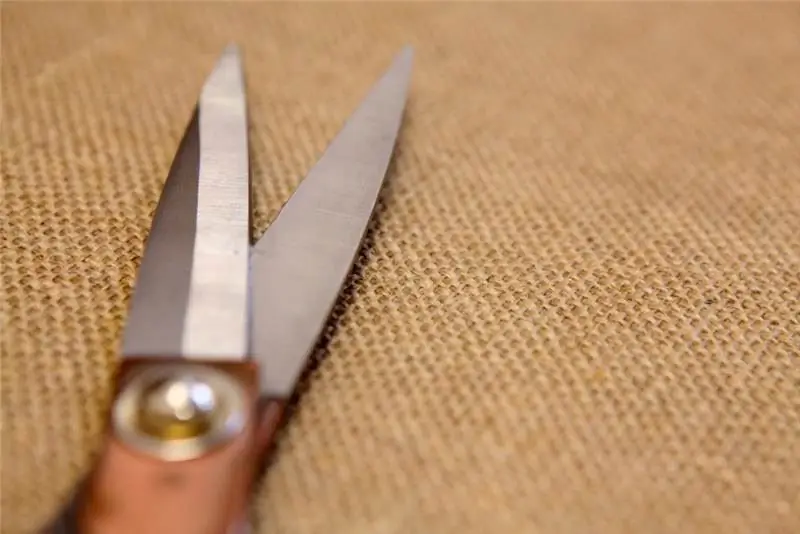2026 Author: Howard Calhoun | [email protected]. Last modified: 2025-01-24 13:10:45
This type of fabric takes its name from the island of the same name, located near the UK. However, this article will not focus on this beautiful island, but on the type of fabric. So, jersey (fabric) is a woolen, rather dense knitwear, in which elastane fibers are often added. In addition to elastane, various other fibers are added to help develop new properties from jersey. For example, wear resistance increases.

By structure, jersey is a fabric that consists of woven threads made from wool, synthetics, silk or cotton. The use of elastane allows you to give it a certain degree of elasticity, which has a positive effect on the convenience of things from this material. Things made from this type of material are pleasant to the touch, great for everyday wear, and also absorb moisture well.

If you look back in history and look at textile production, you can see that in its original form, only woolen threads were used for the production of jersey. As many have already guessed, initially this fabric appeared on the island of Jersey, which was its supplier to many countries. Thanks to,that jersey is a dense fabric, it was used for the production of work clothes. And only years later, she attracted the attention of fashion designers and began to be actively used for sewing simple clothes.
Many women who can remember what happened 25 years ago will attest to the fact that tailoring jersey was very difficult. The fabric is capricious and was reluctant to sew. This caused high prices for clothes made of high-quality knitwear. Such things were not available to everyone, it was believed that the person who wore them had a good income. Someone tried to sew skirts from such a fabric at home, but quickly abandoned this idea. The most agile tried to sew a thing with one continuous seam. Prices for finished products and the fabric itself were very different, so those who managed to sew their own things saved a lot of money.
But, as you know, progress does not stand still, high-quality sewing machines have replaced manual labor, and sewing from jersey has become an easier task. As a result, knitwear prices have plummeted, and tailor-made ateliers do not turn up their noses at the sight of this fabric.

Jersey is a fabric that has a number of positive aspects, thanks to which it has become so widespread. First of all, things made from this type of fabric perfectly tolerate the washing process: they do not stretch or settle. In addition, such things are a great solution for those who are going on a trip. Long stay in suitcases is notwill spoil their appearance and will not require ironing.
But, like any other material, jersey (fabric) requires some attention. Its care depends on the type of fibers that were used in the production. But any type of this fabric is allowed to be washed in a drum, also spun and dried. However, you should not do this at maximum speed.
Recommended:
Denim fabric: features and types

Denim is mostly made from durable cotton. Despite all the ideas about jeans, it can turn out to be quite heterogeneous, and if initially it was invariably the same in density and “made up” only with dark blue “indigo” paint, then at the present time, denim can be of different density and color, composition and kind
Cotton fabric is the most popular and practical material

Properties of cotton clothing are known to all. It is durable, hygienic, durable and inexpensive. However, few people know that cotton fabric is not only chintz or calico. These are the most diverse materials that are used to produce all types of clothing
Interlock (fabric), what is it?

Interlock fabric is a cotton fabric. It differs from other types of fabric in a special complex weave of loops, resulting in a strong, slightly elastic structure of the fabric. Interlock is a popular fabric, widely used in tailoring sports, home and children's clothing
Fabric micro-oil, what is it?

This is a synthetic knitted fabric that has several names: jersey oil, micro oil. Micro-oil fabric is mainly produced from viscose, polyester, lycra. They are used for sewing women's clothing: dresses, tunics, skirts, blouses, trousers. Footer is a cotton knitted fabric
Jute fabric: description with photo, structure, fabric composition and application

Jute fabric is widely used to make a variety of products. In most cases, such material is, of course, used for sewing packaging bags. But jute can also be made, for example, water filters, various kinds of decorative crafts, screens, etc

